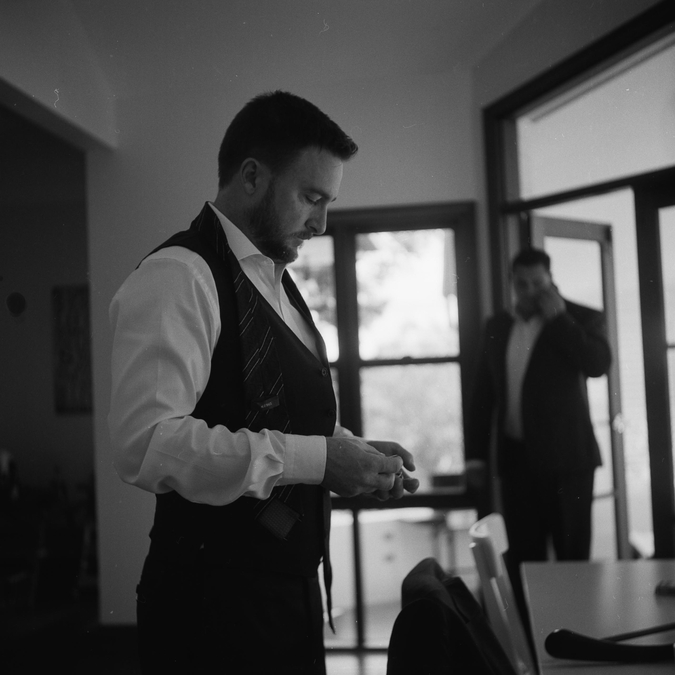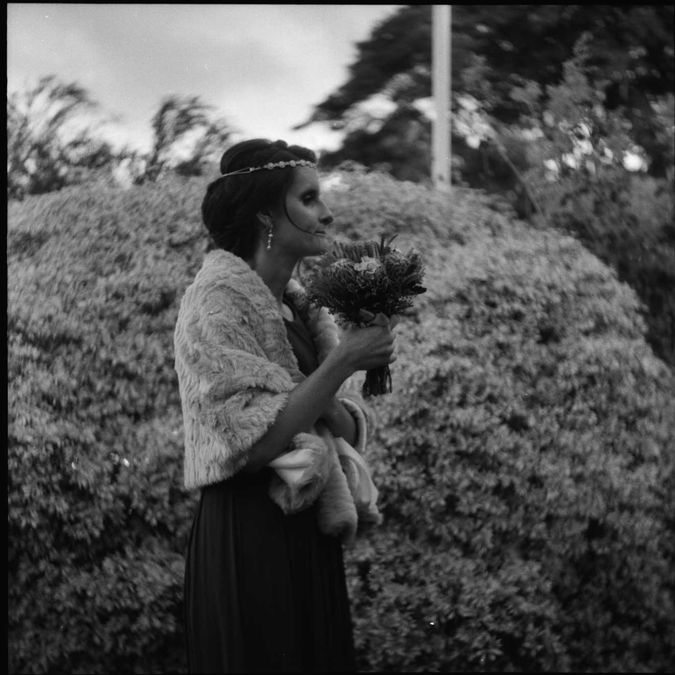S R Massey
Newbie
Please excuse the general cluelessness of this post, but I haven't researched too much about 120 folders. However, after looking into them a little bit and seeing a few for sale, I've kind of developed an appreciation for the unique look that the 'older folders' have. I imagine that if I could find one in good working condition, it could be a nice tool for taking seated portraits, as much for the interesting look of the camera potentially evoking positive responses from subjects as any particularities of the technical quality of the camera's output.
So my question is, simply, "what folder(s) should I look out for?"
Additional factors of my consideration are, in descending order of importance from "really need this" to "would be nice":
1.) Reliability (I know this is going to be an issue with any old camera, but which ones are most likely to last the longest between CLA's? Which have the most reliable shutters, the truest focusing, and most durable bellows?)
2.) Smoothness of out-of-focus areas... best bokeh, I guess
3.) Resistance to flare, ghosting, and field curvature distortion
4.) Format. 6x9 is much preferred, but I'd really consider anything as long at it was bigger than 645.
5.) Ease of use and ergonomics (I'm going to be using it on a tripod with cable release for 95% of the time, but it would be nice if loading film wasn't too fiddly)
6.) Flash sync with modern flashes
7.) Rangefinder coupled
8.) Made in Europe... just because it would be a curiosity. All the cameras I currently own were made in Japan.
The only 120 folders I really know about at all are the Bessas and the Ikontas. Are those generally the best, regarding the criteria I've listed? I know there were many iterations of both types, but I don't really know much about the differences between them. The early Bessas didn't have coupled RFs? That's about he extent of my knowledge.
I need someone to drop an info bomb on this thread. Think you've got what it takes?
So my question is, simply, "what folder(s) should I look out for?"
Additional factors of my consideration are, in descending order of importance from "really need this" to "would be nice":
1.) Reliability (I know this is going to be an issue with any old camera, but which ones are most likely to last the longest between CLA's? Which have the most reliable shutters, the truest focusing, and most durable bellows?)
2.) Smoothness of out-of-focus areas... best bokeh, I guess
3.) Resistance to flare, ghosting, and field curvature distortion
4.) Format. 6x9 is much preferred, but I'd really consider anything as long at it was bigger than 645.
5.) Ease of use and ergonomics (I'm going to be using it on a tripod with cable release for 95% of the time, but it would be nice if loading film wasn't too fiddly)
6.) Flash sync with modern flashes
7.) Rangefinder coupled
8.) Made in Europe... just because it would be a curiosity. All the cameras I currently own were made in Japan.
The only 120 folders I really know about at all are the Bessas and the Ikontas. Are those generally the best, regarding the criteria I've listed? I know there were many iterations of both types, but I don't really know much about the differences between them. The early Bessas didn't have coupled RFs? That's about he extent of my knowledge.
I need someone to drop an info bomb on this thread. Think you've got what it takes?




